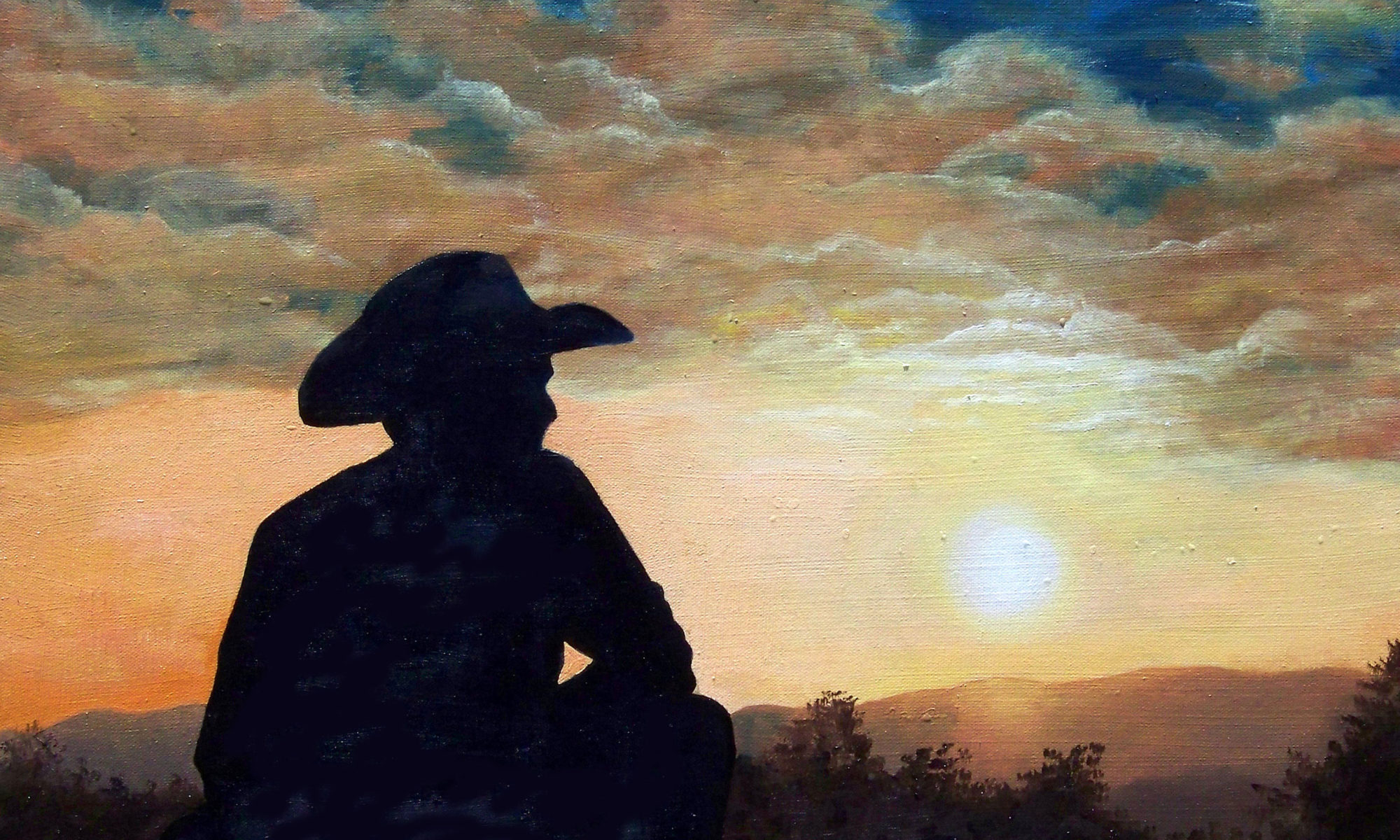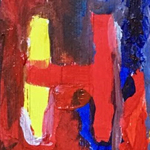
HALFTONE | HYPERREALISM
Quick links to more art terms and definitions are located at the end of the list.
Halftone
A reprographic technique used in printing and graphic design. It creates the illusion of continuous-tone imagery by using dots that vary in size or spacing. These dots simulate gradients or shades of color. When viewed from a distance, the patterned areas appear as smooth tones. Halftone images consist of thousands of small dots, and they play a pivotal role in printing, allowing for depth and gradation in monochromatic spaces
Hard-Edge Painting
Refers to a twentieth-century movement in painting in which the edges of shapes are crisp and precise rather than soft or blurred. The opposite of blending. This technique consists of rough, straight edges that are geometrically uniform and encompass rich solid colors, neatness of surface, and the arrangement of forms all over the canvas.
Harmonious Colors
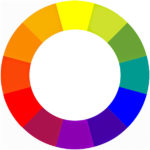
Colors that go well together and sit next to each other on the color wheel. For example: red and orange; orange and yellow; yellow and green; green and blue; blue and purple; purple and red. Complementary colors, analogous colors, and other related colors schemes are also considered harmonious.
Harmony
The unity of all the visual elements of a composition achieved by the repetition of the same characteristics or those that are similar. Harmony serves to bind the various parts into a whole.
Hatching
A technique used in art to create tonal or shading effects by drawing or painting closely spaced parallel lines. When lines are crossed or placed at an angle to one another, the method is called cross-hatching. Artists use this modeling technique, indicating tone and suggesting light and shade, by varying the length, angle, closeness, and other qualities of the lines, most commonly used in drawing, linear painting, engraving, and ethnic art.
Hierarchy of the Genres
A ranking system introduced by the great European Academies in 1669 in the wake of the Italian Renaissance. It comprised five painting-genres that were based on a genre’s prestige and cultural value: (1) History painting (narrative compositions); (2) Portraiture; (3) Genre-Painting (everyday scenes featuring human subjects); (4) Landscape Painting (scenic views); and (5) Still Life (arrangements of domestic objects).
Heptaptych
Refers to an artwork, typically a painting, segmented into seven distinct panels. Each panel illustrates a distinct yet related scene, and the panels may be joined with hinges or displayed adjacently. Although the term “heptaptych” is not commonly utilized, it is acknowledged in the visual arts community. Also called “septych” in Latin. Also see “polyptych.”
HEX Color System
A way of representing colors from various color models through hexadecimal values. The term “hex” comes from the word “hexadecimal.” A hexadecimal color follows the format #RRGGBB, where RR represents red, GG represents green, and BB represents blue. A hex code is made up of six digits, usually preceded by a hashtag (#). The numbers in this code correspond to the amount of red, green, and blue in the color.
Hexaptych
(Pronounced hex-ap-tick). A work of art consisting of six panels or sections where each panel depicts a different but related scene. These six panels can be connected to form a larger composition or display as separate images. The term itself comes from the Ancient Greek words “hexa” (meaning “six”) and “ptychē” (meaning “fold”). Also see, “polyptych.”
Highlight
An area of intense brightness that reflects the most light. A technique used in art to direct attention or to emphasize through the use of pigment or color.
Historical Paintings (or History Paintings)
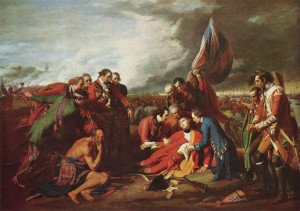
Artwork that incorporates a theme from classical history, mythology, or the Bible. They can represent a wide range of historical events, subjects, or themes. History paintings often portray a scene from a significant event from the past. The example shown is a historical painting depicting the death of General Wolfe.
Horizon Line
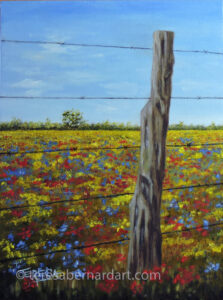
A level line in a painting where the earth’s surface (or sea) and the sky appear to meet. It defines the farthest distance of the background and is the place where a central vanishing point is established. The horizon line will ALWAYS be at eye level, regardless of whether you are at ground level or standing on a mountaintop. It changes as you change positions. The line at the top of mountains or buildings is not the horizon line; these objects “rest” on the horizon line. Sometimes hills, trees, buildings, or other objects can hide it from view, but the horizon line will always be present.
Horizontal Balance
Refers to the even distribution of visual elements across the horizontal axis in a piece of art. This balance results in a feeling of equilibrium and steadiness within the artwork.
Hudson River School
A prominent American art movement from 1825-1875, formed by a group of landscape painters who emphasized the beauty and significance of the American wilderness. Their meticulously portrayed landscapes, often idealized, captured the ruggedness and sublimity of the Hudson Valley.
Hue
Refers to the name of a color, such as red, green, or yellow. Hue is the primary attribute of a color that differentiates it from the others.
Hyperrealism
A genre of art that emerged in the late 1960s and early 1970s as an extension of photorealism. Hyperrealism is characterized by its meticulous precision and acute attention to detail, often achieving a level of realism where the artwork is almost indistinguishable from a high-resolution photograph. Artists meticulously study photographs and then reproduce the images with lifelike accuracy, creating a trompe l’oeil effect—deceiving the viewer into thinking they’re looking at a real photograph.
You May Also Like
This art terms and vocabulary dictionary is provided as a valuable resource for art enthusiasts. If you like the information here and find it helpful, please consider purchasing a painting. Your support helps to cover the cost of keeping this art reference glossary and lexicon online. Simply click or tap the thumbnail link of any Teresa Bernard oil painting to view additional details.
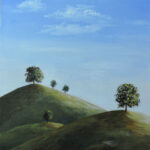
(2023)
9″ w x 12″ h
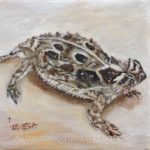
6″ w x 6″ h
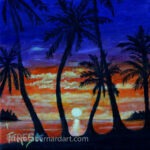
(2020)
6″ w x 6″ h
Art Glossary Quick Links
Contributing to The Art Dictionary
The art terms vocabulary glossary is a work in progress. If you know of an art term and its definition that is not currently included but you believe should be, please submit it to us for consideration. We’ll let you know if we do. Thanks!
Thanks for reading this!
